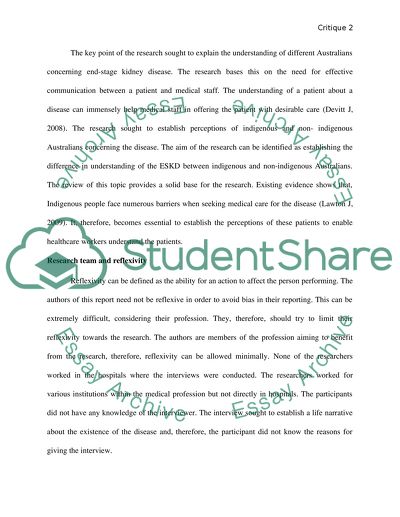Cite this document
(“Research critique Paper Example | Topics and Well Written Essays - 3000 words”, n.d.)
Retrieved from https://studentshare.org/nursing/1393720-research-critique
Retrieved from https://studentshare.org/nursing/1393720-research-critique
(Research Critique Paper Example | Topics and Well Written Essays - 3000 Words)
https://studentshare.org/nursing/1393720-research-critique.
https://studentshare.org/nursing/1393720-research-critique.
“Research Critique Paper Example | Topics and Well Written Essays - 3000 Words”, n.d. https://studentshare.org/nursing/1393720-research-critique.


